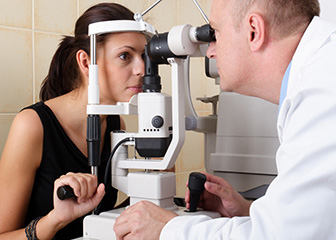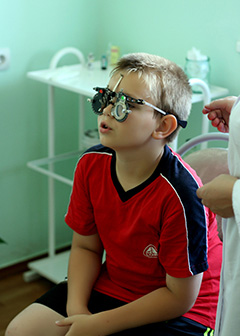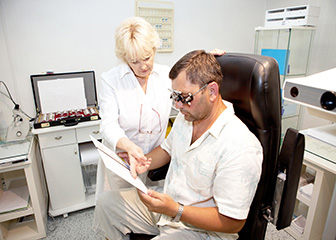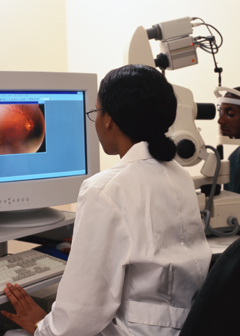Summary

| Quick Facts: Optometrists | |
|---|---|
|
$94,990 per year
$45.67 per hour |
|
| Doctoral or professional degree | |
| None | |
| None | |
| 34,200 | |
| 33% (Much faster than average) | |
| 11,300 | |
What Optometrists Do
Optometrists perform eye exams to check for vision problems and diseases. They prescribe eyeglasses or contact lenses as needed.
Work Environment
Most optometrists work in stand-alone offices of optometry. A small number of optometrists work in doctors’ offices, retail stores, outpatient clinics, and hospitals. Most work full time, and some work evenings and weekends to suit patients’ needs.
How to Become an Optometrist
Optometrists must complete a Doctor of Optometry program and get a state license. Doctor of Optometry programs take 4 years to complete after earning an undergraduate degree.
Pay
The median annual wage of optometrists was $94,990 in May 2010.
Job Outlook
Employment of optometrists is expected to grow by 33 percent from 2010 to 2020, much faster than the average for all occupations.
Similar Occupations
Compare the job duties, education, job growth, and pay of optometrists with similar occupations.
O*NET
O*NET provides comprehensive information on key characteristics of workers and occupations.
Contacts for More Information
Learn more about optometrists by contacting these additional resources.








